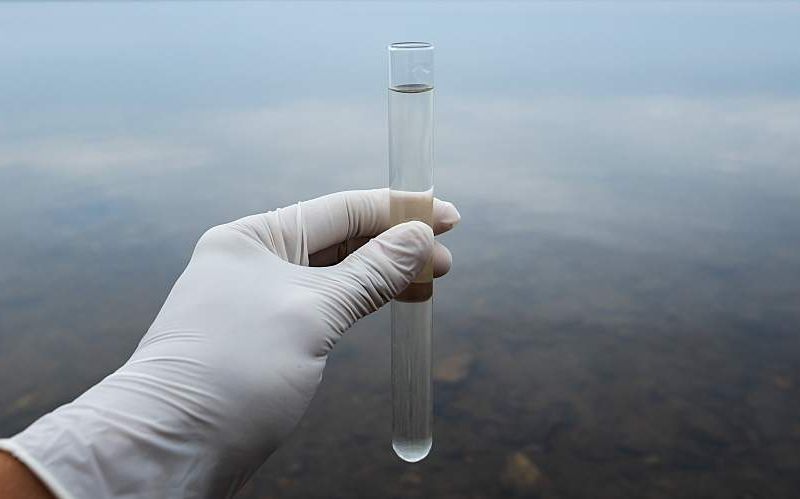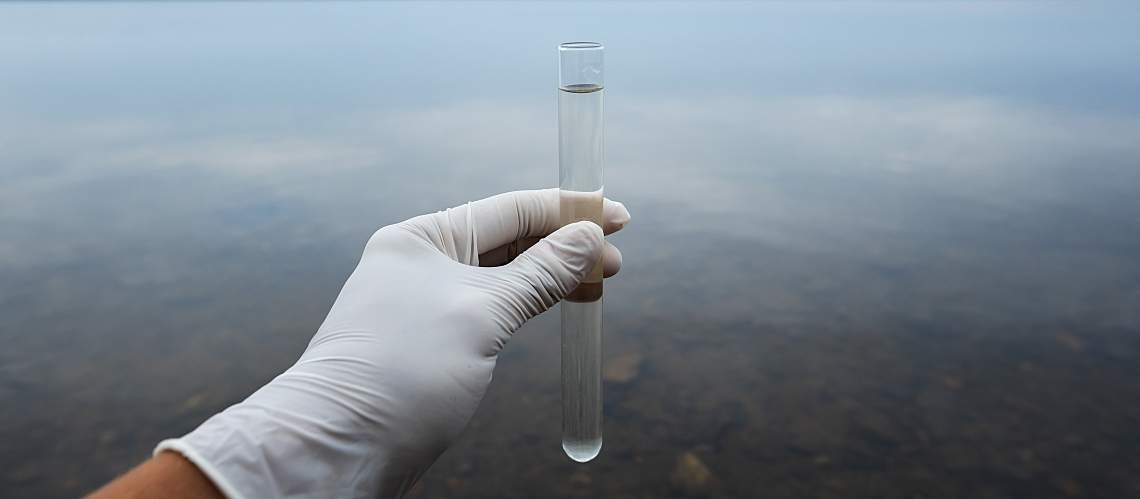Quality Control Charts 101


Quality control charts are essential for truly understanding the variations within water testing processes. Variations are a given, but there's an enormous difference between ones that fall within your set control limits and ones that fall outside your control limits that signal problems.
Knowing how to operate and interpret these charts creates confidence in the reliability of the tests you use. This ability helps ensure that your media are consistent and supports high-quality lab operations. Values outside your control limits present opportunities for corrective measures. Data trends can help uncover issues that emerge over time and that your lab needs to address.
Here's a brief introduction to quality control charts, including where they come from, how to use them, and the corrective actions they prompt.
Distinguishing Variations
In 1924, inspection engineer Walter A. Shewhart came up with the first known statistical control chart at Western Electric, which manufactured telephone hardware for Bell Telephone Co. in Hawthorne, Illinois. The chart he shared with his manager would transform quality control, allowing professionals across industries to distinguish between "assignable" cause and "chance" cause variations in their processes.
For water testing labs, quality control charts remain an incredibly important evaluation tool within broader quality assurance plans. In essence, a chart contains data from quality control runs. Results, such as the concentration of analyte, go on the vertical axis, and the time period or observation number goes on the horizontal axis. Every chart has a central line for the average in addition to an upper control limit line and a separate lower control limit line. Some have warning lines that show data points close to the limits.
The 2022 quality assurance and quality control manual recommendations for soil, plant, and water testing labs developed by the Soil Science Society of America (SSSA) suggest analyzing a known standard sample obtained from a source like the U.S. Environmental Protection Agency, the North American Proficiency Testing program, or a private company to determine accuracy and then comparing the value you observe with the reference value.
"It is important to use samples for the appropriate analyte, method used in the laboratory, and expected concentration range," the SSSA says, urging lab pros to put results on the chart as soon as data are available so they can maintain the chart in real time. "Periodically recalculate the mean and standard deviation (e.g., weekly or monthly) and compare it to the cumulative mean and standard deviation to ensure that the analyses are not changing significantly."
Given the reactive nature of quality control (QC), a QC chart helps identify issues early so you can resolve them rapidly.
How To Use a Chart
Multiple techniques exist for creating a chart. Although lab staff can plot data by hand to construct the chart, they'll typically use spreadsheets or software applications that make data analysis much faster and easier.
Variations that fall inside the set control limits are a sign that your laboratory process is working as expected. To make sure media are consistent, perform QC testing of each lot and ongoing demonstrations of capability procedures. You should get similar or "passing" results with all of these checks.
Keep an eye out for testing that falls outside your control chart's pre-determined limits. These signals can happen. Data become out of control for all kinds of reasons, the SSSA points out.
"Did the problem begin with new standards, a new batch of standard samples, a new analyst, or a change in glassware or its cleaning?" the society says. "The analyst and supervisor(s) should carefully review the procedure to determine whether anything has changed."
Specifically, assess every step in the process, including standard operating procedures, quality control procedures, and training for any deviations that could have led to the signal change. When QC testing falls outside of control chart limits, the corrective action to take can vary. You might require new QC stocks. You could discover a particular equipment problem. Sometimes out of control values reveal a training gap.
Quality control has increased in significance for water testing labs since the COVID-19 pandemic began. Global supply chain issues make it harder for lab managers to obtain key products. Some end up waiting weeks to months for shipments to arrive. Using reliable testing products can reduce wait times while improving quality control overall. Checking a product's certificate of analysis provides insights into the company's manufacturing quality control process. Robust QC up and down the line has clear benefits for your lab.






